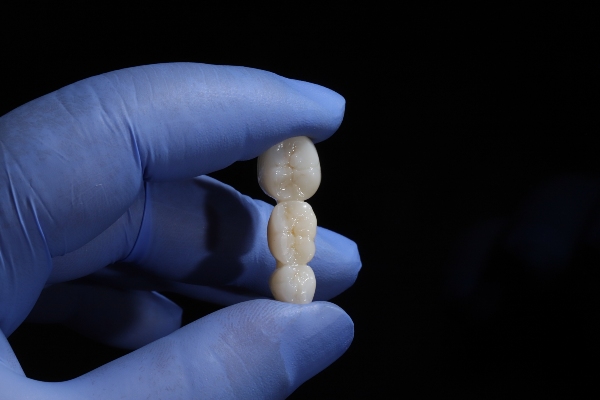 Wondering whether a dental bridge is right for you? Read on to learn more. If you have missing teeth, your daily routine, appearance, and oral health will all be affected. Therefore, regardless of the cause of tooth loss, be it tooth decay or gum disease, you should replace them quickly. Dental bridges and implants are two of the most common tooth replacement options. Although they solve the same problem, they are structurally different.
Wondering whether a dental bridge is right for you? Read on to learn more. If you have missing teeth, your daily routine, appearance, and oral health will all be affected. Therefore, regardless of the cause of tooth loss, be it tooth decay or gum disease, you should replace them quickly. Dental bridges and implants are two of the most common tooth replacement options. Although they solve the same problem, they are structurally different.
The difference between dental bridges and implants
Implants are titanium screws that are implanted into the jawbone to function like natural tooth roots. The implant acts as a base for a single tooth, dental bridge, or dentures, depending on the number of missing teeth.
Dental bridges, however, replace only the teeth and do not embed in the jawbone like implants. The dental restoration rests over the gums and is held in position by crowns connected to adjacent teeth on both sides of the gap. A bridge is a good option for one or more missing teeth.
Dentists can offer dental bridges and implants as a hybrid option, but in some cases, patients can only get one or the other. The following are the major differences to consider:
Appearance
When choosing a replacement tooth, the goal is often to make the smile look better. The dentist will match the color of new teeth with the natural teeth shade. In some ways, dental implants look more realistic than bridges because they have a component in the jaw. Implants fit more naturally against the gums than dental bridges do. However, newer dental bridges are customizable to look and function like natural teeth.
Cost factor
Dental bridges are a more affordable alternative to implants and therefore are a favorite option for individuals who wish to save money. Dental implants can last longer than dental bridges, making them more cost-effective in the long run. Bridges last about five to 15 years. Dental implants last up to 25 years but can survive a lifetime of use with proper dental care. Patients can talk to the dental office about financing options.
Procedure
The dental professional will open the gum and drill a little hole into the jawbone to place a tooth implant. Once implanted, the bone will fuse with the implant over the next couple of months to make it strong. The implant integrates with the bone, the dentist will place a permanent crown or bridge to restore the tooth.
Fitting a dental bridge is quicker and less intrusive than getting dental implants. The teeth on either side of the missing teeth will support the bridge. They are prepared for crown placement. After the bridge is created, the dentist will attach the crowns to the abutment teeth with dental cement.
In conclusion
Whether you want to improve your smile or need help choosing between dental bridges or implants, a dentist can help. Schedule a consultation with our dental office to get started and they will work with you to restore oral health and function.
Request an appointment or call Sammamish Dental Center at 425-340-3113 for an appointment in our Issaquah office.
Related Posts
A dental bridge is a tooth replacement option that does not require incisions to be made into the gums. However, there are many different types of dental bridges, and finding the perfect one can feel overwhelming. While your dentist will usually recommend what they think is best, it can be helpful to know the available…
A dental bridge is a reliable and effective solution for replacing a single missing tooth. Losing a tooth can impact a smile's functionality and appearance, but this treatment restores those elements with ease. A dental bridge enhances oral health and confidence by filling the gap left by a missing tooth.A dental bridge replaces a missing…
Losing a tooth can affect more than just your smile; it can also impact how you eat, speak, and maintain oral health. Dental bridges are a popular and effective solution for filling gaps left by missing teeth. By understanding the different types of dental bridges, you can work with a general dentist to find the…


